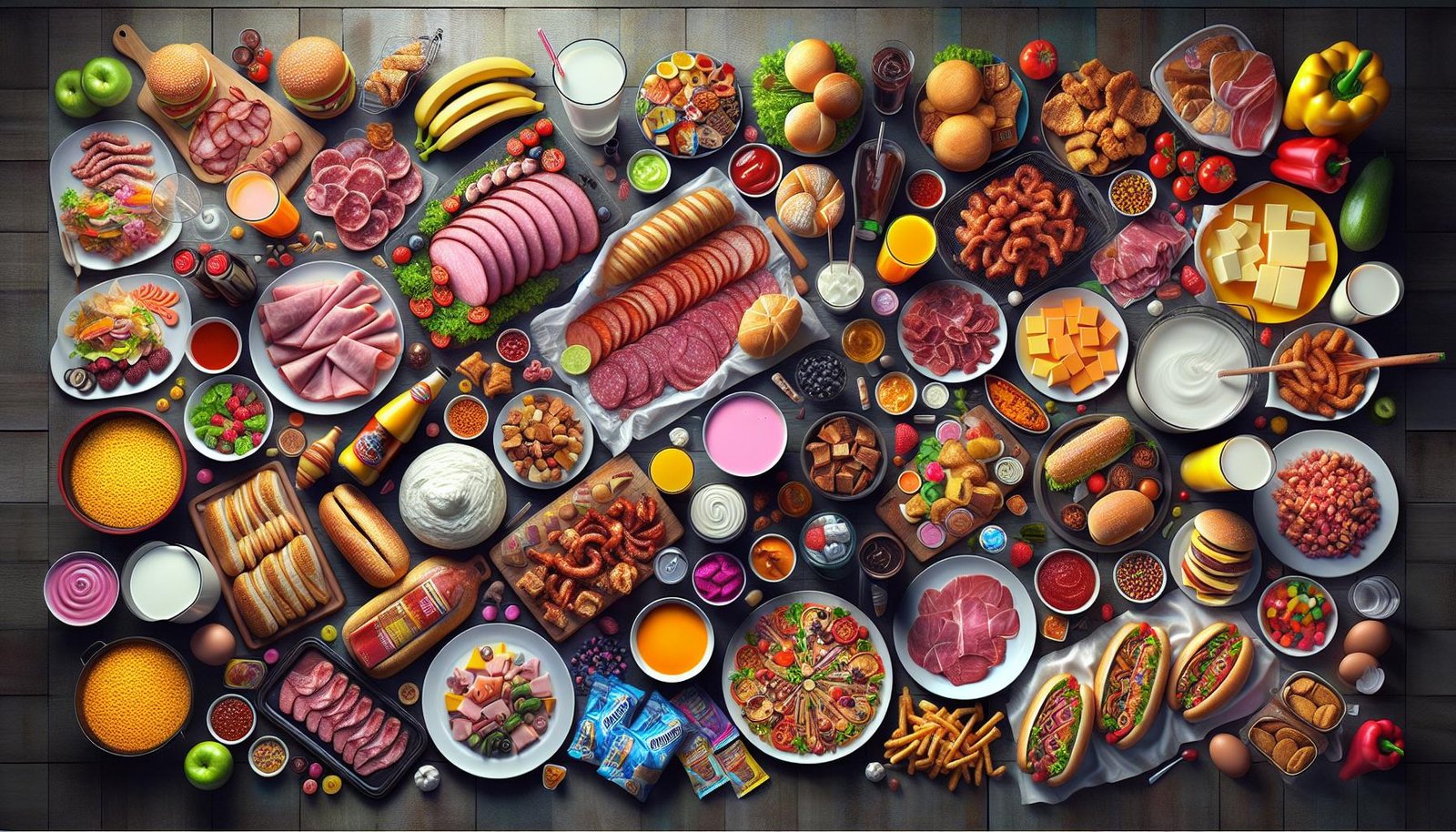Food is more than just fuel — it’s an experience. One of the most intriguing and satisfying combinations in the culinary world is the marriage of sweet and salty flavors. This dynamic duo has captivated taste buds for centuries, crossing cultures, cuisines, and evolving into creative masterpieces in both home kitchens and Michelin-starred restaurants alike.
Let’s dive into the fascinating world of sweet and salty foods, exploring their science, history, cultural significance, and modern-day appeal.
The Science Behind Sweet and Salty
Our taste buds are wired to recognize five basic flavors: sweet, salty, sour, bitter, and umami. Among these, sweet and salty often stand out because they engage different parts of the tongue and brain, creating a unique, pleasurable contrast.
- Sweetness typically signals energy-dense foods, packed with carbohydrates and sugars that the body quickly converts into fuel.
- Saltiness is essential for maintaining bodily functions like fluid balance and nerve signaling. It also enhances other flavors by suppressing bitterness and amplifying sweetness.
When combined, sweetness and saltiness create a sensory tug-of-war that keeps our taste buds intrigued. The salt enhances the sweetness, making it taste richer and more complex, while the sugar tempers the salt, preventing it from becoming overwhelming. This is why a sprinkle of sea salt on caramel or chocolate can elevate the entire dessert.
A Journey Through History
The sweet-salty combination isn’t a modern invention. Cultures around the world have embraced this pairing for centuries.
- Ancient China: Sweet and salty sauces, like hoisin sauce (a mix of soybeans, sugar, vinegar, and spices), date back thousands of years.
- Middle Eastern Cuisine: Dishes like tagines blend dried fruits with savory meats, creating a perfect balance of flavors.
- European Influence: In medieval Europe, sugar was considered a luxury, and chefs paired it with meats like roasted pork or game for a rich, indulgent experience.
- South American Inspiration: Chocolate, originally a bitter beverage, was sweetened and salted when it made its way to Europe, paving the way for modern salted chocolate desserts.
Sweet and Salty in Modern Cuisine
Today, chefs and food enthusiasts continue to push the boundaries of sweet and salty pairings. Let’s look at some popular examples:
- Salted Caramel: This classic showcases how a pinch of salt can transform caramel’s rich sweetness into something irresistible.
- Bacon and Maple Syrup: A breakfast favorite, the smoky saltiness of bacon meets the syrup’s sweetness for a mouthwatering contrast.
- Chocolate-Covered Pretzels: The crunchy, salty pretzel combined with creamy chocolate creates an addictive snack.
- Fried Chicken and Honey: Southern comfort food at its finest — the salty, crispy chicken pairs beautifully with sweet honey drizzled on top.
- Prosciutto and Melon: An Italian staple where the salt-cured ham contrasts with the sweetness and juiciness of ripe melon.
The Psychological Appeal
Why do we crave sweet and salty combinations so intensely? The answer lies in our brain’s reward system. When we consume these flavors together, dopamine — the “feel-good” neurotransmitter — gets released. This combination stimulates multiple taste receptors simultaneously, creating a more complex and satisfying experience.
Additionally, the contrasting flavors keep our palates guessing, which prevents sensory fatigue. This explains why it’s easy to stop eating plain potato chips, but nearly impossible to resist chocolate-covered ones.
Cultural Variations of Sweet and Salty Foods
Sweet and salty dishes appear in different forms across cultures:
- Asia: Thai cuisine frequently combines sweet coconut milk with salty fish sauce or soy sauce. Japanese dishes like teriyaki blend sugar with soy sauce, while Korean BBQ often features sweet marinades on savory meats.
- Latin America: Mexican cuisine pairs salty cheeses like cotija with sweet fruits like mango or pineapple.
- India: Chaats (savory snacks) often combine sweet chutneys with spicy, salty, and tangy flavors for a burst of taste.
- United States: The rise of fusion cuisine has introduced bold combinations like salted caramel milkshakes, maple bacon donuts, and sriracha honey wings.
Health Considerations: Is Sweet and Salty a Guilt Trip?
While sweet and salty dishes are undeniably delicious, they can also be calorie-dense and high in sugar or sodium. The key is balance.
Tips for a healthier approach:
- Opt for natural sweetness: Use fruits, honey, or maple syrup instead of refined sugar.
- Choose quality salts: Sea salt or Himalayan salt contains trace minerals and adds more nuanced flavor, allowing you to use less.
- Control portions: A little bit of a decadent sweet-salty treat goes a long way.
- Get creative with spices: Cinnamon, chili, or even smoked paprika can amplify sweet and salty flavors without added sugar or salt.
DIY Sweet and Salty Creations
Ready to experiment in your kitchen? Here are a few easy, irresistible recipes:
- Sweet and Salty Popcorn: Toss freshly popped popcorn with melted butter, a drizzle of honey, and a sprinkle of sea salt.
- Chocolate-Dipped Bacon: Dip crispy bacon into melted dark chocolate, then sprinkle with a pinch of flaky salt.
- Honey Glazed Chicken Wings: Roast chicken wings with a marinade of honey, soy sauce, garlic, and a dash of chili flakes.
- Grilled Pineapple and Halloumi Skewers: The sweetness of caramelized pineapple pairs beautifully with the salty, grilled halloumi cheese.
- Salted Chocolate Bark: Melt dark chocolate, spread it on a baking sheet, and top with nuts, dried fruit, and a light sprinkle of sea salt.
The Future of Sweet and Salty
As food trends evolve, the sweet and salty combination isn’t going anywhere. Chefs are exploring new frontiers, blending global flavors and unexpected ingredients to create unforgettable dishes.
From salted honey ice cream to savory-sweet cocktails like bacon-infused Old Fashioneds, the possibilities are endless. Plant-based options are also joining the party, with vegan caramel sauces, nut-based cheeses, and creative meat alternatives taking the spotlight.
Final Thoughts
Sweet and salty foods are a testament to how contrasting flavors can harmonize in the most delightful way. Whether you’re savoring a simple snack or indulging in an elaborate meal, this dynamic pairing continues to captivate taste buds and inspire culinary creativity.
So, what’s your favorite sweet and salty combination? Are you team salted caramel or maple bacon? Or perhaps you’re inspired to create your own fusion masterpiece. Either way, the journey of sweet and salty is one worth savoring — one delicious bite at a time.
























